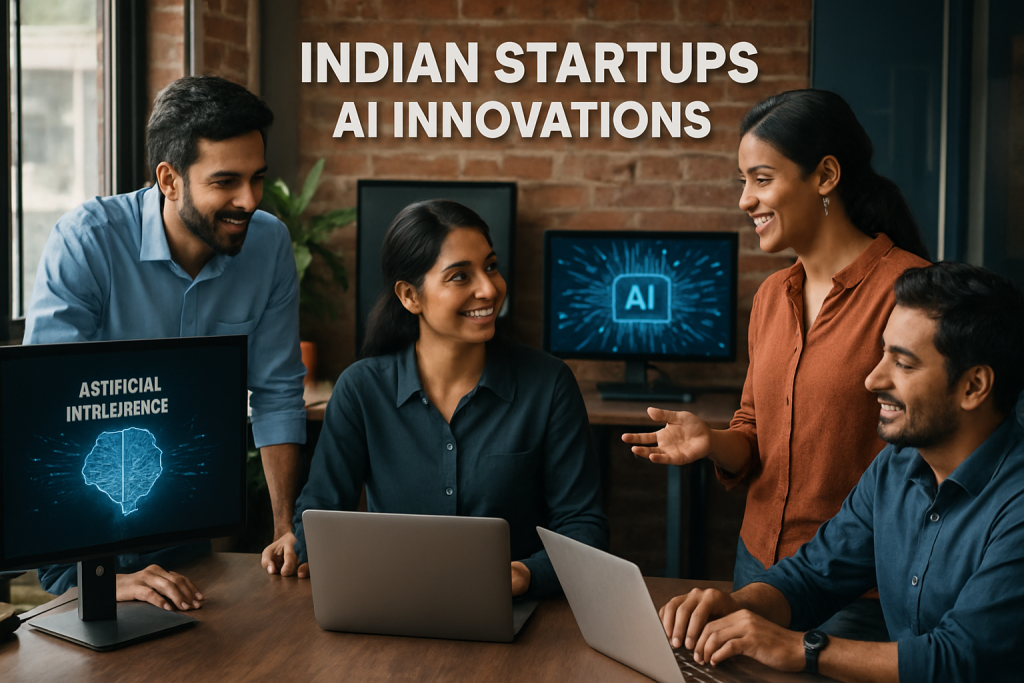Maharashtra Police achieved a breakthrough success using artificial intelligence to crack a hit-and-run case within 36 hours. The innovative approach demonstrates how AI technology transforms law enforcement operations globally.
On Raksha Bandhan, a tragic incident unfolded in Nagpur when a truck struck a couple on their motorcycle. The woman died after the truck ran her over. The husband tied his wife’s body to his bike to transport her home. The disturbing video went viral across social media platforms.
Police faced minimal evidence. The survivor could only recall “red markings” on the truck. No make, model, or size details were available to investigators.
AI Algorithms Deliver Record Results
Supt. Harsh Poddar of Nagpur Rural Police explained the technological breakthrough. “We collected CCTV data from three toll nakas and analyzed it using AI algorithms based on computer vision,” he said.
Two specialized algorithms powered the investigation. The first identified trucks with red markings from hours of footage. The second calculated average speeds to detect anomalies. Speed inconsistencies indicated potential accident involvement.
The AI system processed four hours of CCTV footage in just 15 minutes. Manual analysis would have required days of human effort. Police arrested driver Satyapal Rajendra, 28, from Farrukhabad on the Gwalior-Kanpur highway, 700 kilometers away.
MARVEL: Maharashtra’s Game-Changing AI Initiative
Maharashtra launched MARVEL (Maharashtra Research and Vigilance for Enhanced Law Enforcement), India’s first state-level AI police system. The government owns the platform entirely, reducing dependence on external vendors.
“MARVEL aims to leverage AI across government departments to generate in-house solutions,” Poddar stated. The initiative analyzes government metadata to create proprietary AI tools for Maharashtra’s ecosystem.
The platform collaborates with 13 different departments. Multiple states have expressed interest in replicating Maharashtra’s model nationwide.
Why It Matters Now
AI integration reshapes global crime-solving dynamics rapidly. Law enforcement agencies worldwide adopt AI to enhance investigation efficiency and accuracy. This success case demonstrates AI’s growing impact in public sector technology markets.
Business leaders gain insights into AI’s expanding applications beyond commercial sectors. Government technology adoption drives new market opportunities for AI solution providers.
Strategic Advantage of AI in Law Enforcement
AI processes terabytes of metadata within minutes versus weeks of manual analysis. The technology minimizes human error margins significantly. High-speed processors enable rapid pattern recognition in complex data sets.
Traditional methods required experienced officers to analyze patterns manually. Human error rates were substantial in large-scale data analysis. AI eliminates these bottlenecks while improving accuracy rates.
Predictive policing capabilities offer strategic advantages. AI enables proactive crime prevention through data pattern analysis. Resource allocation becomes more efficient with AI-driven insights.
Risks and Considerations
Data privacy challenges require careful navigation. Ethical considerations must align with legal frameworks. Technology advances need proper regulatory oversight to prevent misuse.
Business implications extend beyond law enforcement sectors. AI adoption patterns in government influence private sector strategies. Technology vendors must consider compliance requirements for government contracts.
What Business Leaders Should Know
MARVEL’s success creates opportunities for AI technology providers. Government contracts represent significant revenue streams for specialized AI companies. Data analytics firms can explore public sector partnerships.
The initiative demonstrates AI’s scalability across government departments. Cross-departmental integration offers lessons for enterprise AI implementations. Success metrics from public sector AI projects inform private sector strategies.
Maharashtra’s model influences other states’ technology adoption decisions. Early movers in government AI solutions gain competitive advantages. Business leaders should monitor public sector AI trends for strategic insights.


